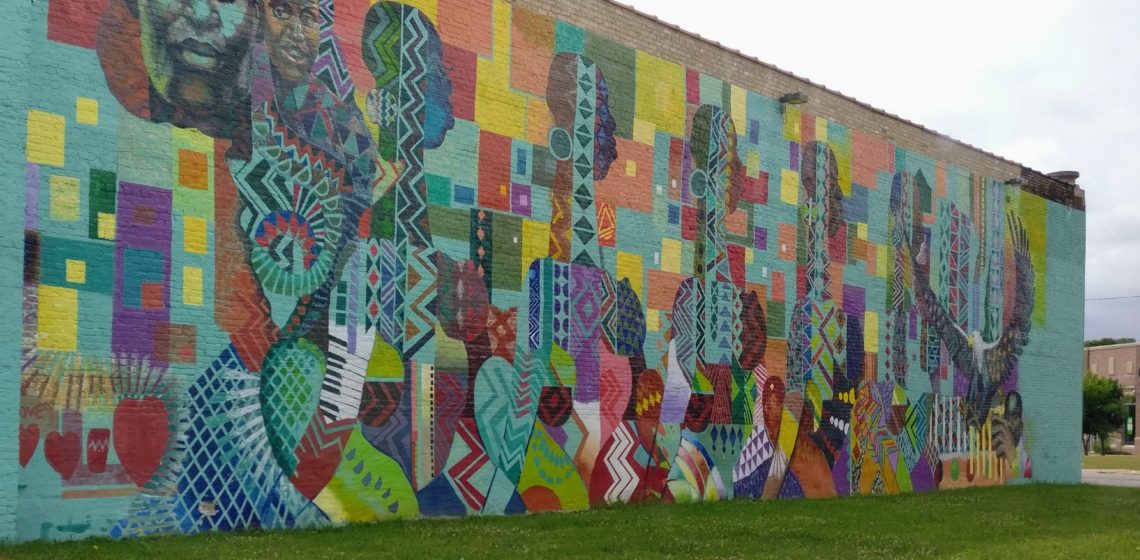The Wisconsin Black Historical Society’s museum got its start in 1987. Clayborn Benson III created the museum as a way to preserve and present documentation, artifacts and provide historical context of the experiences of people of African descent in the State of Wisconsin.
Clayborn Benson III gave an engaging and thought-provoking presentation to members of my extended family during our biennial family reunion in Milwaukee, Wisconsin. We gathered in the museum, which is housed in what used to be a 19th century firehouse. He opened by asking what are the five holidays every black person should know.
Benson included a great deal of information that was surprising to me. The biggest? There was slavery in Wisconsin. Slavery. In Wisconsin. Wisconsin? Wisconsin is one of the northernmost U.S. states. Wisconsin gained statehood in 1848. It definitely does not spring to mind as a slave state. Sadly, it was. Benson’s research revealed records of enslaved Africans who were used to mine materials such as lead in Wisconsin in the 1800s.
One of my favorite topics Benson presented was genealogy. Genealogy presents a challenge for some African-Americans. For some (though not all) black Americans the names of our grandparents have been passed on to us by living relatives, but when we try to go back further, there seems to be a dead end. The birth records of more distant ancestors were often non-existent or were under the stewardship of of slaveholders. Benson covered methods that can be used to locate names and birth records of family members, including probate records. Because slaves were regarded as property–like a parcel of land, or an heirloom–slaves were often described in detail on probate records.
But, my most favorite part of the presentation–and the reason I encourage every black person to visit–was to hear Benson’s personal story. It’s his story to share, but in it he shares anecdotes from his life and beautifully tells us the way his life has been a bridge between the lives of his ancestors and the life of his own offspring.
In the Milwaukee African-American Historical Society museum’s compact space there are any exhibits and authentic artifacts from Milwaukee and Wisconsin displayed along side their histories. Among the them are depictions of violence and hate groups, though not nearly as many or as graphic in nature as those I saw in the now-shuttered Black Holocaust Museum during a 2007 visit. The impact of hearing this information while sitting with members of my own family in combination with the historical artifacts on display was powerful.
Like the personal history of Clayborn Benson III, you should visit to learn the five holidays every Black American should celebrate. I will tell you that one is the birthday of Rev. Dr. Martin Luther King Jr. But you probably knew that already, right? To find out about the other four days, including this one, visit the Wisconsin Black Historical Society Museum.
What other museums preserve and educate visitors on the American Black Experience? Are such museums unique to the United States? Please share in the comments.
You can visit the virtual galleries of the America’s Black Holocaust Museum online.
Photo of “The Gift” a mural outside the Wisconsin Black Historical Society museum my me.

